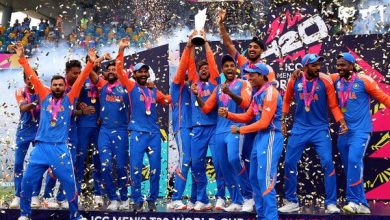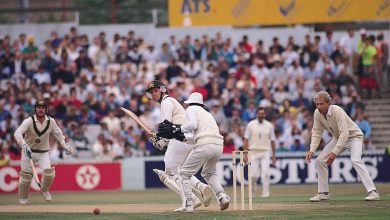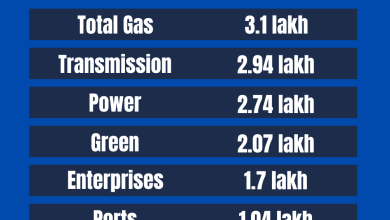Introduction And History of the Philippines: A Fascinating Journey

The Philippines is a beautiful country in Southeast Asia. It consists of over 7,000 islands. This article will take you on a journey through its rich history.
Geographical Overview
The Philippines is located in the western Pacific Ocean. It is known for its stunning beaches, lush forests, and vibrant cities.
Early History
The history of the Philippines dates back thousands of years. Early inhabitants were the Negritos, followed by Austronesian peoples.
Pre-colonial Era
Before colonization, the Philippines had thriving communities. These communities traded with China, India, and other neighboring countries.
Barangays
Small communities called “barangays” were the basic units of society. Each barangay had its own leader called a “datu”.
Spanish Colonization
In 1521, Ferdinand Magellan, a Portuguese explorer, arrived in the Philippines. This marked the beginning of Spanish colonization.
Conversion To Christianity
The Spanish colonizers introduced Christianity to the islands. Today, the Philippines is predominantly Roman Catholic.
Establishment of Manila
In 1571, the Spanish established Manila as the capital. Manila became a bustling center of trade and governance.
Galleon Trade
The Manila-Acapulco Galleon Trade was a major economic activity. It connected the Philippines with Mexico and Spain.

Credit: www.goodreads.com
American Colonization
The United States took control of the Philippines in 1898. This followed the Spanish-American War.
Philippine-american War
The Philippine-American War broke out in 1899. The Filipinos fought for independence but were eventually defeated.
Education and Infrastructure
The Americans introduced the public school system. They also built roads, bridges, and other infrastructure.

Credit: www.reddit.com
Japanese Occupation
During World War II, Japan occupied the Philippines. This period was marked by great suffering and hardship.
Battle Of Manila
The Battle of Manila in 1945 was a significant event. It led to the liberation of the Philippines from Japanese rule.
Independence
The Philippines gained independence from the United States on July 4, 1946. This marked the birth of the Republic of the Philippines.
Post-independence Era
The post-independence era saw political and economic challenges. Various leaders worked to build a stable and prosperous nation.
Modern Philippines
Today, the Philippines is a democratic country. It has a diverse culture influenced by its rich history.
Culture And Traditions
The Philippines is known for its vibrant festivals and traditions. Filipino hospitality is also world-renowned.
Fiestas
Fiestas are a big part of Filipino culture. Each town has its own festival to honor its patron saint.
Cuisine
Filipino cuisine is a mix of various influences. Popular dishes include adobo, sinigang, and lechon.
Natural Beauty
The Philippines is home to beautiful beaches, mountains, and islands. Tourist spots like Boracay and Palawan attract visitors from around the world.
Frequently Asked Questions
What Is The Philippines’ Official Language?
The Philippines’ official languages are Filipino and English, widely used in government, education, and business.
Who Colonized The Philippines First?
The Philippines was first colonized by Spain in 1565, marking the start of over 300 years of Spanish rule.
When Did The Philippines Gain Independence?
The Philippines gained independence from the United States on July 4, 1946, after World War II.
What Is The Capital Of The Philippines?
Manila is the capital city of the Philippines, known for its rich history and cultural heritage.
Conclusion
The history of the Philippines is rich and diverse. Its journey from pre-colonial times to modern days is fascinating.
Quick Facts
- Capital: Manila
- Official Languages: Filipino and English
- Currency: Philippine Peso (PHP)
- Population: Over 100 million
Timeline Of Key Events
| Year | Event |
|---|---|
| 1521 | Ferdinand Magellan arrives |
| 1571 | Manila established as capital |
| 1898 | Spanish-American War |
| 1946 | Independence from the United States |
| 1986 | People Power Revolution |
The Philippines continues to evolve and grow. Its history is a testament to the resilience and spirit of its people.
Explore More
For more information, visit the official tourism website of the Philippines. Discover the wonders of this amazing country.




